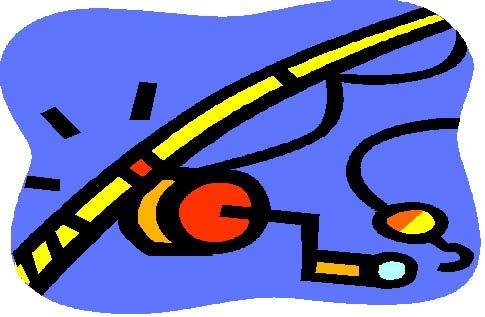A Fishing Club Can Save You Money On Oil!
One of the possible benefits of joining a fishing club is that members can get together and buy boat motor oil in bulk. Many people join a club initially to try tournament fishing without putting out a lot of money-some clubs even have openings for no-boat fishermen, so you don’t have to get a boat right away.
Different clubs have different formats. Some encourage fishing in teams, while others have individuals fishing alone in tournaments. Many clubs have a theme, such as bass or smallmouth fishing. It is common for fishing clubs to be active in conservation efforts. Some of them promote youth fishing by holding an event for children occasionally. Military bases and colleges often have nearby fishing clubs; there are also women’s fishing clubs, co-ed fishing clubs, and one national association for hearing-impaired bass fishermen with chapters in several states. Many fishing club websites include educational articles and archived newsletters for your information.










 Piston barrel pumps will aid you in getting your
Piston barrel pumps will aid you in getting your 


 With the high prices of gas and
With the high prices of gas and